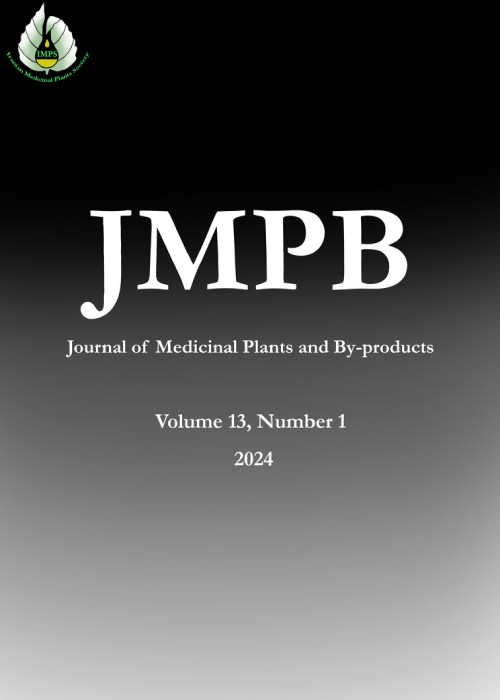Applications of Essential Oils in Food Preservation
Author(s):
Abstract:
Many food products are perishable by nature and require protection from spoilage during their preparation, storage and distribution to give them desired shelf-life. Because food products are now often sold in areas of the world far distant from their production sites, the need for extended safe shelf-life for these products has also expanded. Currently, there is a strong debate about the safety aspects of chemical preservatives since they are considered responsible for many carcinogenic and teratogenic attributes as well as residual toxicity. For these reasons, consumers tend to be suspicious of chemical additives and thus the demand for natural and socially more acceptable preservatives has been intensified. One such possibility is the use of essential oils (EOs) as antibacterial additives. In the production of food it is crucial that proper measures are taken to ensure the safety and stability of the product during its whole shelf-life. In particular, modern consumer trends and food legislation have made the successful attainment of this objective much more of a challenge to the food industry. EOs comprise a large number of components and it is likely that their mode of action involves several targets in the bacterial cell. It is most likely that their antibacterial activity is not attributable to one specific mechanism but that there are several targets in the cell. The potency of naturally occurring antimicrobial agents or extracts from plants, ranges of microbial susceptibility and factors influencing antimicrobial action and their antioxidativeproperties, aimed at food preservation, are reviewed in this article. Methods employed for estimation of inhibitory activity, mode of action and synergistic and antagonistic effects are evaluated. Hence, it is recommended that more safety studies be carried out before EOs are more widely used or at greater concentrations in foods that at present. There is therefore scope for new methods of making food safe which have a natural or green image.
Keywords:
Antimicrobials , Essential oils , Food , Safety , Toxicity
Language:
English
Published:
Journal of Medicinal Plants and By-products, Volume:2 Issue: 2, Winter and Spring 2013
Page:
115
magiran.com/p1630606
دانلود و مطالعه متن این مقاله با یکی از روشهای زیر امکان پذیر است:
اشتراک شخصی
با عضویت و پرداخت آنلاین حق اشتراک یکساله به مبلغ 1,390,000ريال میتوانید 70 عنوان مطلب دانلود کنید!
اشتراک سازمانی
به کتابخانه دانشگاه یا محل کار خود پیشنهاد کنید تا اشتراک سازمانی این پایگاه را برای دسترسی نامحدود همه کاربران به متن مطالب تهیه نمایند!
توجه!
- حق عضویت دریافتی صرف حمایت از نشریات عضو و نگهداری، تکمیل و توسعه مگیران میشود.
- پرداخت حق اشتراک و دانلود مقالات اجازه بازنشر آن در سایر رسانههای چاپی و دیجیتال را به کاربر نمیدهد.
دسترسی سراسری کاربران دانشگاه پیام نور!
اعضای هیئت علمی و دانشجویان دانشگاه پیام نور در سراسر کشور، در صورت ثبت نام با ایمیل دانشگاهی، تا پایان فروردین ماه 1403 به مقالات سایت دسترسی خواهند داشت!
In order to view content subscription is required
Personal subscription
Subscribe magiran.com for 70 € euros via PayPal and download 70 articles during a year.
Organization subscription
Please contact us to subscribe your university or library for unlimited access!



